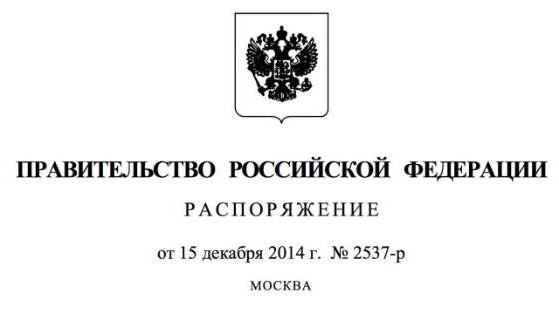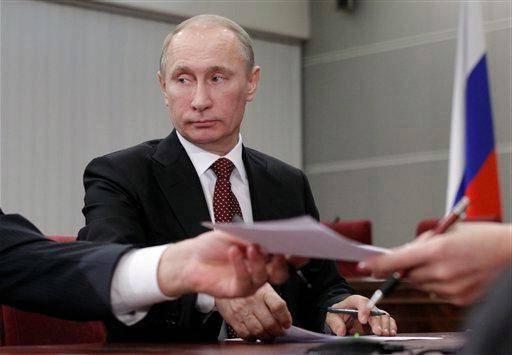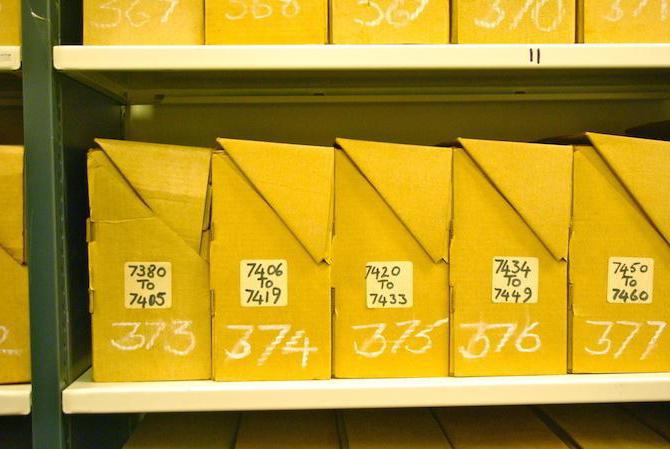Secret office work is fraught with considerable risk. Most of it is caused by ignorance of the specifics of the work and violations of the key principles of its implementation. 
State secret - what is it?
This concept has several meanings. In a general sense, mystery characterizes something unknown and unsolved. In relation to government agencies, such information is understood as data that is known to a strictly defined category of persons. State secret, therefore, is something that is not subject to disclosure. These data retain their status usually for a certain period of time. It is established depending on the significance of the information, its need, arising from the interests of the whole country or a specific department. For various reasons, information loses its secrecy over time. After a certain period, it can be made public or published.
Vultures of secrecy: types
In the daily work of departments and ministries of the Russian Federation, a huge number of acts are compiled. The implementation of managerial functions is impossible without workflow. One of the characteristic features of administrative activities is the variety of materials. The classification of classified information is carried out in accordance with the Federal Law No. 5485-I. A significant part of the acts issued by administrative bodies contains information that is not subject to disclosure. However, there are degrees of secrecy. They are reflected by special marks on the papers. Legislation provides for the following vultures: “Secret”, “Of Special Importance” and “Top Secret”. Let's consider them in more detail. 
Distinctive features of marks
The secrecy stamps of documents are established depending on the content and importance of the information present in them. Accordingly, for the disclosure of certain data provides a certain liability. The mark of "Special Importance" implies the highest degree of secrecy. This status is assigned to a limited category of acts. The disclosure of such information poses a danger to the country. The publication of these data can cause significant harm to state interests. In this regard, acts assigned to this group should be protected in a special way.
The “Top Secret” mark is placed on documents that are more related to the country's security and defense. The harm from their disclosure is quite obvious. The procedure for handling such information is strictly regulated.
There is another category of documents. They are marked "For official use." If the vultures of secrecy clearly establish the status of acts, then in this case there is a restriction of access to information. It is necessary to prevent leakage of service data. 
General rules
The privacy stamps and the procedure for handling them are established in accordance with the lists defined by the aforementioned Federal Law. Entering information and changing the lists of such data is assigned to specific officials. When forming the list, all areas of production are taken into account. Security stamps are set for information:
- In the military field.
- In the field of science, economy and technology.
- In the field of foreign economy and politics.
- In the field of intelligence, operational intelligence, counterintelligence.
- In the field of the fight against terrorism.
During events, when secrecy stamps are established, extracts from the relevant acts are made, determined by the contractor.The control of this activity is assigned to the person who signed the papers. These entities are responsible for the proper classification of documents in one or another category of secrecy, the definition of the corresponding stamp. 
Principles
To preserve information of particular importance to the country, there must be a continuous improvement of the current classification procedure. As practice shows, for the implementation of this task, scientifically based approaches and a systemic method are of importance. Vultures of secrecy should be set correctly in strictly regulated cases. This ensures the protection of important information. There are the following principles for determining the secrecy of documents:
- Systems approach.
- Objectivity.
- Data volume optimization.
- Periodic review.
Systems approach
One of the key characteristics of this principle is the consideration of the classification process as a whole. In the course of it should be taken into account: the interdependence and at the same time the contradictory nature of the two directions. First of all, there is a desire to provide reliable protection of state secrets. On the other hand, it is necessary to prevent unreasonable, massive data hiding with all the negative consequences. With an overstatement of the secrecy stamp, the possibilities for exchanging information between departments are significantly narrowed. This also leads to a constant increase in the volume of acts containing data inaccessible to a wide range of users. This, in turn, often complicates the protection of truly important information. Another extreme is the understatement of secrecy. In this case, the danger is also obvious, since such activity creates the prerequisites for the leakage of important data. 
Objectivity
This principle is based on unconditional adherence to the requirements of the list of secret documents defined in the legislation. It is not allowed to be guided by subjective opinion, based on the sole decisions of performers. Otherwise, errors are likely that can lead to an underestimation or overestimation of the secrecy of a document.
Volume optimization
This principle is of particular importance in classifying and preserving information. In any act there must be a minimum of data that is really needed to solve a particular issue or perform a particular work. Excessive information may lead to uncontrolled disclosure of all information.
Periodic Review
Documents containing classified information should be reviewed regularly. Data may lose its relevance or its importance may decline. Upon review, the document system is unloaded. One or another status of the act is established in accordance with the volume of importance of the information present in it. It, in turn, should be consistent with the actual degree of secrecy. 
Status change
It is made in strict accordance with applicable law. According to the Federal Law, if objective factors change, as a result of which subsequent protection of data classified as a state secret is impractical, acts must be declassified. In accordance with the provisions of the law, the period during which data is subject to protection is not more than 30 years. The exceptions are documents that, according to the decision of the interagency commission, extend the specified period for such information. The declassification or reduction of the neck is carried out by authorized bodies. They are special commissions that include competent persons.
The latter are appointed by the heads of the relevant departments. The commissions should draw up acts in which they substantiate in detail the need to reduce the neck or declassification.The status of information can also be changed by the heads of authorized departments in which the relevant papers were drawn up or developed. These officials are also entitled to declassify or classify such acts. The destruction of securities is carried out in strict accordance with the regulatory legal framework governing the scope of such paperwork.






